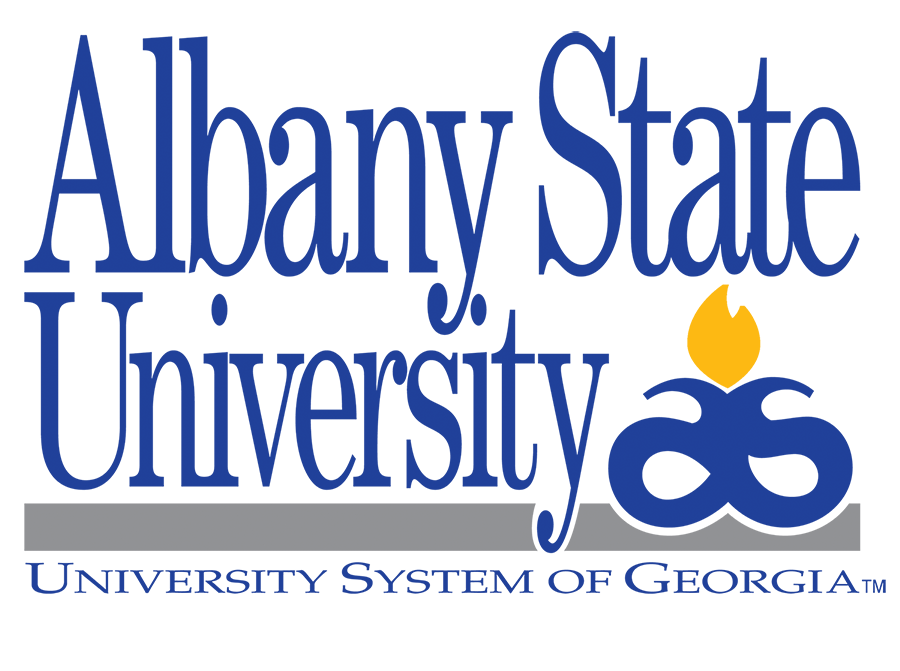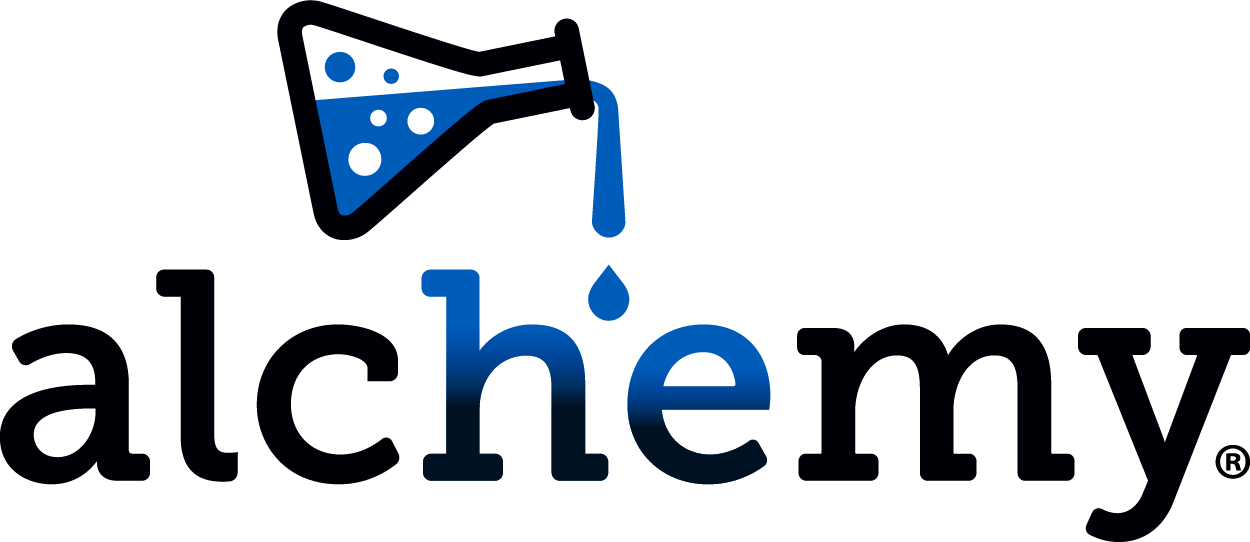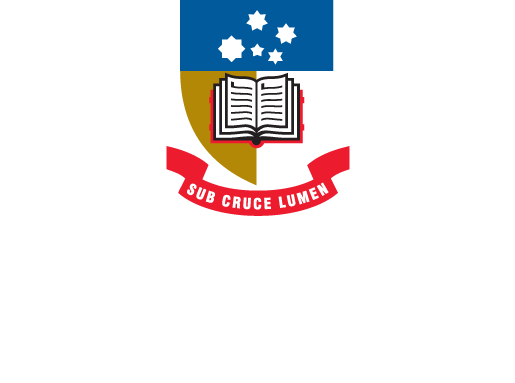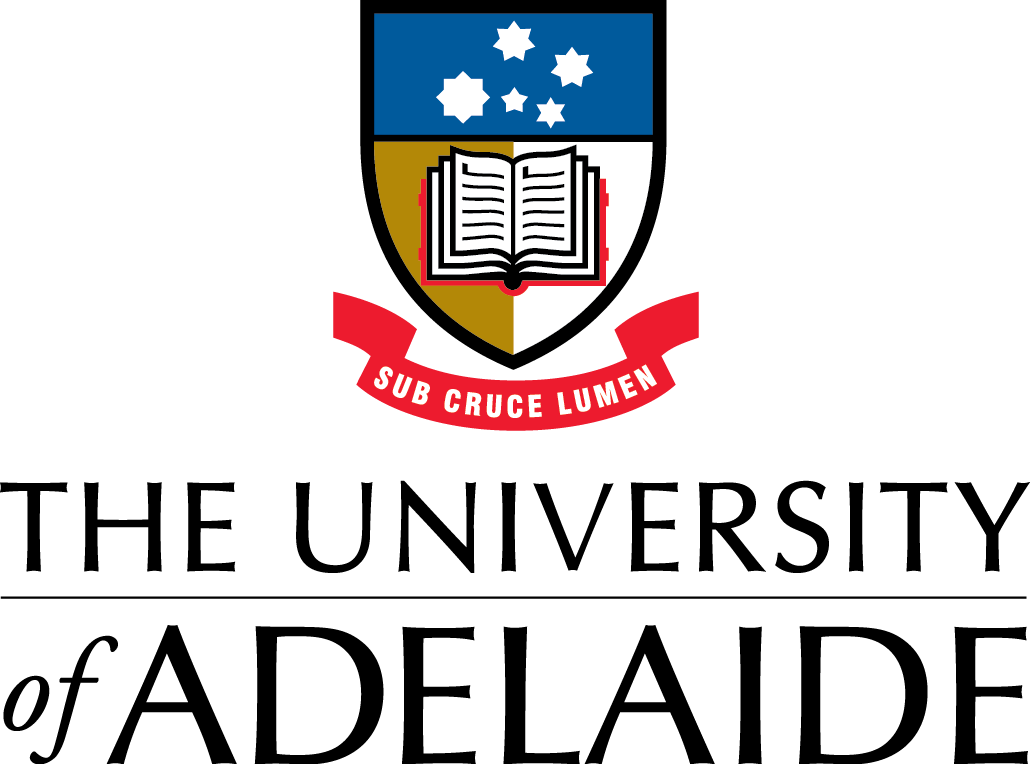RMIT University captures and visualises project data for strategic planning and resourcing with Smartsheet
With Smartsheet, RMIT Studios allows dozens of stakeholders to see project status and resource allocation at a glance, so they can make strategic decisions about staffing and execution based on real-time data.
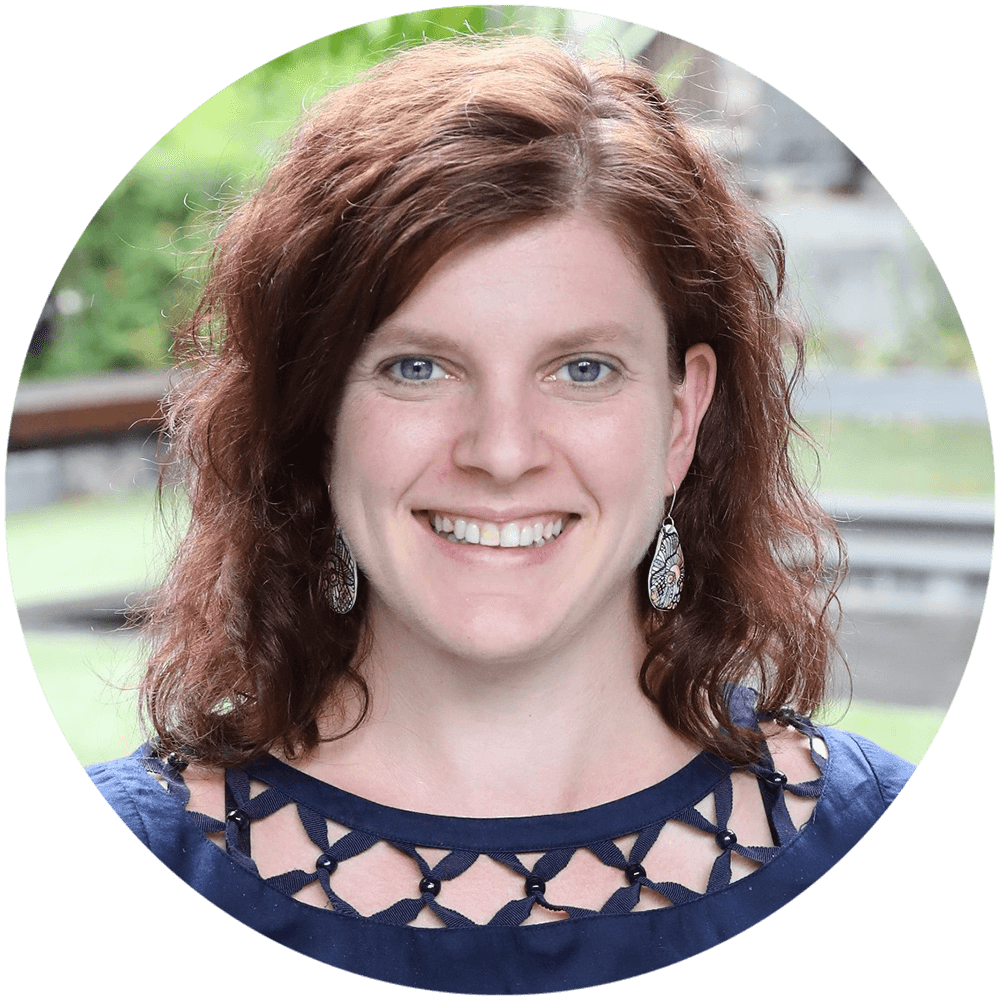
"Having 85 different people in one system, as opposed to in seven, has made it much easier to see what people are working on and where they are allocated. It helps their managers prioritise on the fly."
Partnership Coordinator, RMIT Studios, RMIT University
RMIT Studios collaborates with all the Colleges and Schools at RMIT University, one of Australia’s two largest universities, and supports the non-academic side of university instruction. When Studios reorganised its operating model to enable agile project management, the department needed a technology tool that would fit the new way of working and capture essential data in one place. Smartsheet has given RMIT Studios greater visibility into project progress, staff resourcing, and preparation for the future.
“I’m part of a strategy, planning, and delivery team in RMIT Studios,” says Kara Robinson, Partnership Coordinator with RMIT Studios. “Studios offers services and runs projects that focus on how students learn, as opposed to what students learn. Our team moved from a very static waterfall operating model to adopting and implementing a new Scaled Agile methodology for all of our project management as well as our service delivery across the whole department. To support this new way of working, we needed a solution that supported multiple new ideas and that would be scalable and flexible to help us deal with the unknown.”
The department was home to specialised teams for learning technology, design, employability and careers, and data analytics and strategy, which meant that members of one group didn’t always know what the others were doing or how to prioritise collaboration on different projects.
“We didn’t have a proper process,” Robinson says. “It was just silos; different teams did different things, which was why we needed one unifying solution. This year we properly restructured our whole department and went into this new operating model. That was an opportunity for us to say everyone has to pull together, be accountable, and put all the data into one place so we can support one another and actually see what’s happening.”
RMIT Studios also needed an easier way to communicate with large numbers of stakeholders across the university who were responsible for approving budgets and strategic decisions for projects that could be week-long or take more than a year. One of Robinson’s colleagues, an expert in agile methodology, recommended Smartsheet as a flexible platform that could allow visualisation, tracking, and reporting across volumes of complex data.
“Smartsheet really enabled us to capture all of our project and service requests, our timelines, and our roadmaps, and feed all of that live data into dashboards,” Robinson says. “One of the most important things we needed was to be able to link all of our data from initial requests and approvals all the way through to service and project delivery. Through Smartsheet tracking, reporting, and dashboards, it allowed all of our staff — both internal and external to our team — to access that information as required. We needed a tool that would cater for 80-plus staff as well as externals, and one that could handle in excess of 90 projects this year.”
A single roadmap for a set of specialised teams
Robinson and her colleagues built a Smartsheet solution that supports a unified project setup and management process. Smartsheet forms capture required project details, mapped to templates; submitting a project sends an alert to the project’s business and financial sponsor, who can approve or reject it. Once approved, projects feed automatically into sheets and become part of the team’s overall roadmap.
The roadmap visualises the team’s whole project portfolio, so Robinson’s team can review project status and progress toward completion across various categories. Robinson says dashboards have transformed how RMIT Studios can manage and prioritise the work being done across the department’s teams. Team member availability and utilisation is also tracked, so stakeholders can see at a glance who’s available for new projects, who could be reassigned to a higher-priority project, or who might be overloaded and need to have work reassigned.
“The intention was to make sure our leadership team could plan everything out for 12 months in advance or more,” Robinson says. “They could see where people were needed. Say there was one learning designer in this project, but we might need three. Or identifying if people were going to overlap between projects and shorter service requests, if a three-day task was going to take a person out of the team. We were able to have a complete map for all of our staff in one place, rather than it being on a whiteboard in someone’s office or in someone’s head.”
A platform designed for a “formula nerd”
Robinson took advantage of the power of Smartsheet formulas to create the resource views and planning insights that RMIT Studios needed. A self-described “formula nerd” who can describe her favourite formulas in detail, Robinson loves the way that formulas and conditional formatting enabled the team to prioritise projects based on the most important parameters, define which process steps are most crucial to the completion of a project, or flag potential problems early so they can be resolved without delaying results.
For users who are not formula nerds, Smartsheet is still a powerhouse; Robinson says its simplicity and flexibility allows her team to play to individual users’ strengths rather than force them to adapt to a system that doesn’t fit their working styles.
“One of the best features was having the grid view, Gantt view and card view in a single sheet,” Robinson says. “Having those different types of visual representation on a project made it so much easier to get people involved by being able to cater to different people’s skills and comfort with technology. You can say, if this is how you work, we’ll steer you down this path. Someone else will be looking at the same sheet in a completely different way, and that’s what suits them.”
The power of the Smartsheet community
It was fairly easy for Robinson and her colleagues to build a Smartsheet solution for RMIT Studios, partly because the platform is easy to learn and understand, and partly because the Smartsheet community is a tremendous resource for help and troubleshooting. Most questions could be solved with a quick search; as Robinson puts it, “someone will have had that problem before.” RMIT Studios also purchased a block of consulting hours, which gave them the opportunity to talk through goals and questions with experts who could offer personalised insights.
“It wasn’t that our consultant was solving all of our problems in the hour or so that we had with her, but she let us talk through what we wanted to achieve and she would make various suggestions,” Robinson says. “One time I described a problem we were having and she said we should try the hierarchy formula. That one formula inadvertently solved so many little problems that we had; it helped enormously. And now it’s something we use all the time on almost every sheet. She really listened to what we were doing and understood all the elements that we were trying to tie together.”
To learn more about RMIT University’s use of Smartsheet, watch Robinson’s presentation at the ENGAGE APAC 2020 virtual conference or read our case study.

